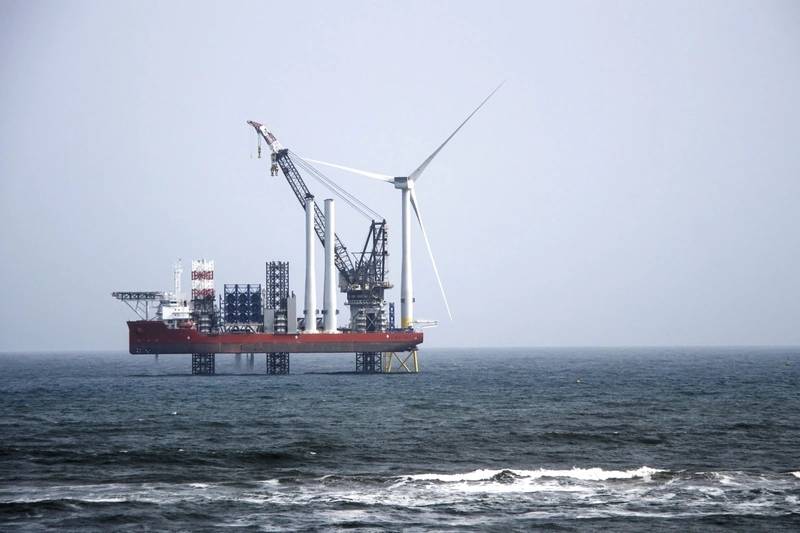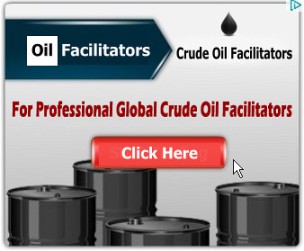
The global offshore wind industry has been picking up pace unabated by the global pandemic, with industry investments growing and offshore wind turbine makers competing on who'll build a larger turbine. With offshore wind turbines, bigger is better, Rystad said recently.
Wind turbine manufacturer Siemens Gamesa in May 2020 announced it was working on developing wind turbines with up to 15MW capacity and a 222-meter rotor - the world's largest in the making. The prototype is expected to be ready in 2021, with turbines commercially available sometime in 2024. The giant Siemens Gamesa turbines have already been ordered - conditionally - for projects in Taiwan and the U.S.
GE, the company behind the world's largest wind turbine in operation, Haliade X - the prototype in Rotterdam - which has been spinning since late 2019 - recently uprated that same turbine, from 12 MW to 13 MW. The uprated 13MW Haliade-X will continue to feature 107-meter long blades and a 220-meter rotor.
On top of this, GE just a month ago secured a contract to deliver the upscaled Haliade-X 14 MW wind turbines for the Dogger Bank C offshore wind farm in the UK. This will mark the first time these turbines will be installed at any project world-wide.
So with the offshore wind turbines getting bigger and bigger, Offshore Engineer TV's Greg Trauthwein recently interviewed Philip Lewis, Director of Research, World Energy Reports, author of "Outlook for Offshore WInd Power, the Frontier of Future Energy," to learn what bigger turbines mean for the offshore wind industry and offshore wind installation contractors. In short, bigger turbines call for bigger installation machinery and bigger vessels.
Lewis said: "We now have a raft of projects to be installed from now through the middle of the decade with turbines up to 14MW. The main vessels used to install turbines are wind turbine installation vessels or WTIV. Demand for these is driven by the number of turbines to be installed and the size of the turbines."
WER expects more than 77GW of new offshore wind capacity to come on stream between now and 2025, requiring the installation on average of over 1,400 turbines annually.
But what about the turbine size?
"Turbine sizes have evolved swiftly [...] but what does this actually mean? Well, bigger turbines mean big swept areas by larger rotor diameters," Lewis explains.
"Larger rotor diameters require higher hubs, on which heavier nacelles sit to transform that wind energy to electric power. As wind turbine installation vessels are jacked up to create steady platforms for turbine installation and reduce crane reach requirements, turbines up to 10MW generally require lift height capability above deck of more than 90 meters with a capacity no less than 800 tonnes.
"When we look at a 12-14MW turbine, minimum lift heights of 120 meters and over 1,200 tonnes are required. And the next generation of vessels are designed to lift over 150 meters above deck and over 1,500 tonnes," he says.
Per Lewis, to date, more than 115 vessels - excluding support vessels - have been involved in installing wind turbines and their monopiles and jackets.
However, these were not the 14MW+ giant turbines of the future. These turbines require bigger vessels, and while there aren't many vessels currently capable of handling such turbines, offshore wind installation contractors are working on it.
"We only have two WTIV active today that can either already lift turbines over 14MW or have confirmed upgrade plans to do so. There are a further 5 in construction and 7 either as options with a yard or in design," Lewis said.
"At World Energy Reports, we see the supply side for larger wind turbine installation vessel segment growing from 8 vessels today to 28 over the coming years," he adds.
Where will the growing WTIV fleet be built and deployed? Who will benefit the most from the newbuilding activity? What are the effects on local content restrictions in some countries, such as Japan and the U.S.? What are some of the largest vessels ordered to transport and install the largest offshore wind foundations? Watch the full interview above to get the answers to these questions.




No comments
Post a Comment